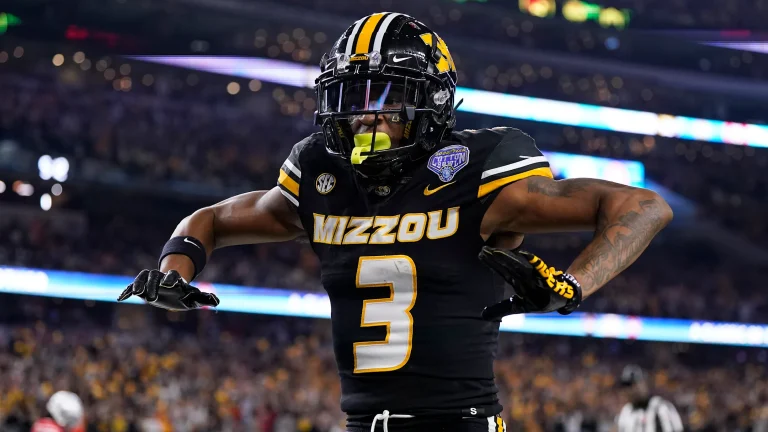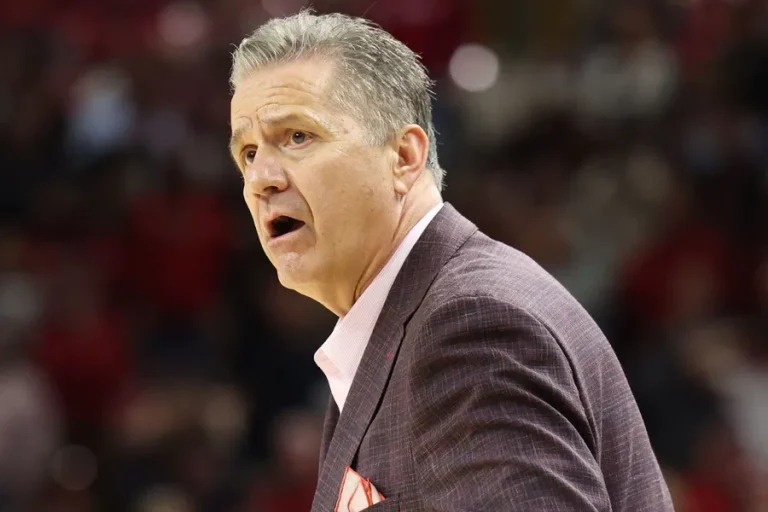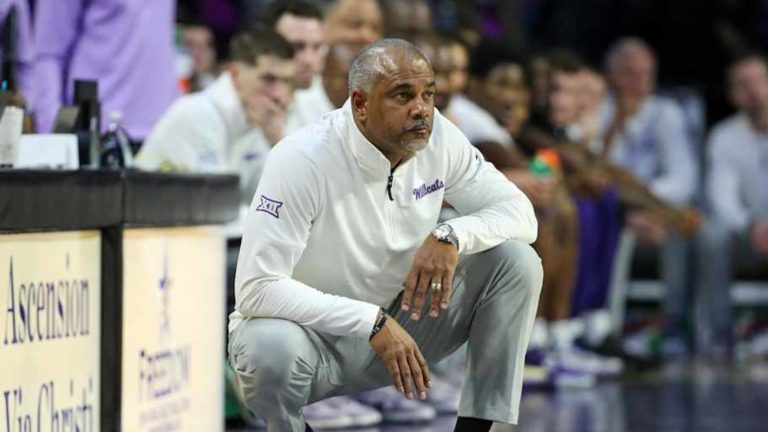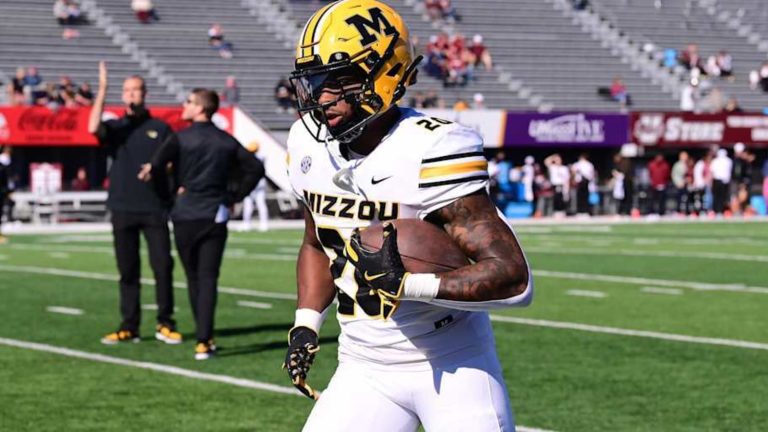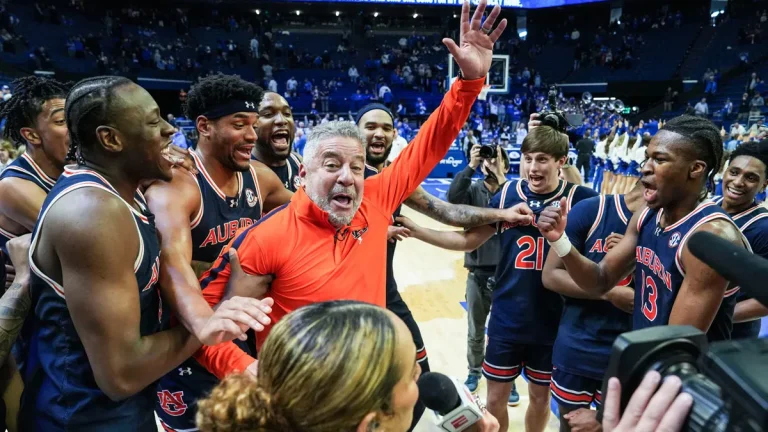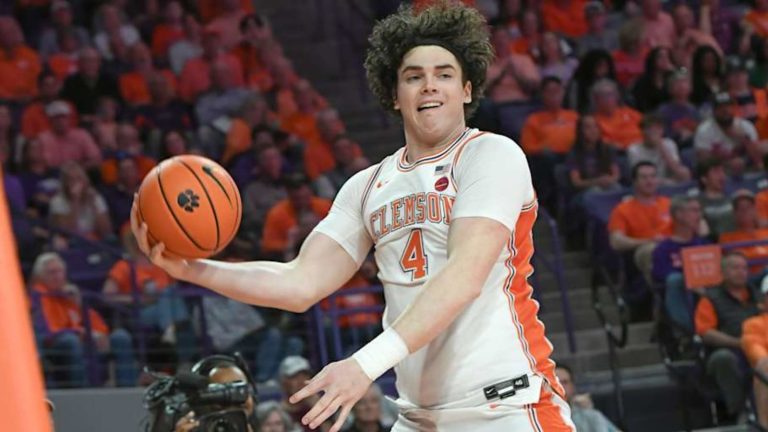Spartan Nation: The 1965-66 Spartans – A Legacy of Unmatched Greatness
“We have made of this world a neighborhood. Now, through our moral and ethical commitment, we must make of it a brotherhood. We must learn to live together as brothers, or we will all perish together as fools.” – Martin Luther King Jr. at Michigan State University on February 11, 1965.
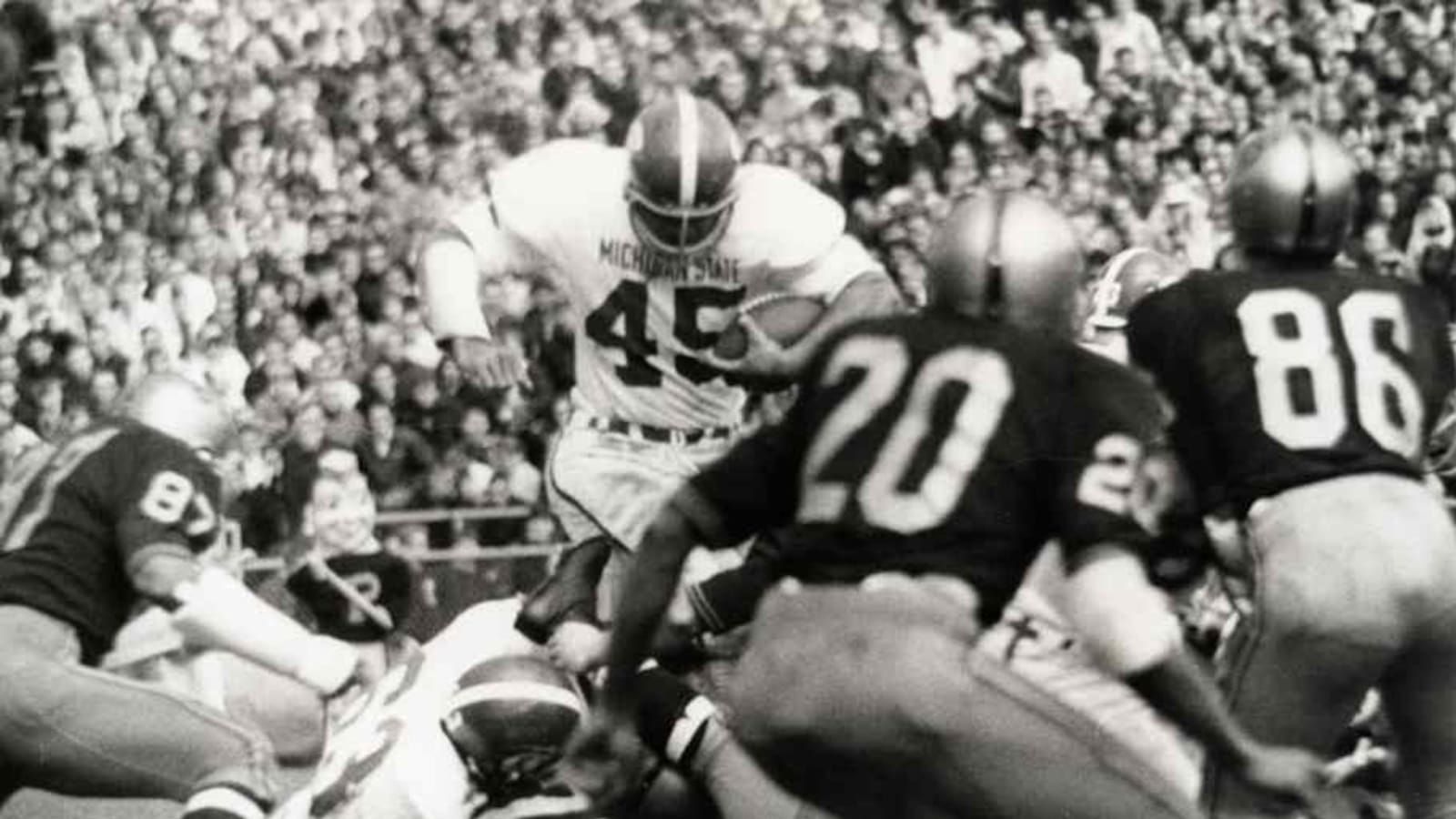
In the 1967 NFL Draft, Michigan State’s Bubba Smith, Clinton Jones, George Webster and Gene Washington were selected as the first, second, fourth and eighth overall picks. This historic moment capped off a season that not only changed the game of football but also highlighted a team whose impact on the sport — and history — would remain relevant and everlasting.
Just three years prior, President Lyndon B. Johnson signed the Civil Rights Act of 1964, a landmark law outlawing discrimination in public spaces. It was a significant step forward, especially after nearly a century of Jim Crow laws that enforced segregation. However, despite this monumental shift, many Southern universities continued to resist integration, barring students and athletes of color from their programs.
Northern teams, though not enforcing segregation directly, still adhered to “gentlemen’s agreements” — unwritten rules that saw players of color benched or prevented from traveling to Southern schools.
The 1970 University of Southern California vs. University of Alabama game is often remembered as a turning point in the fight against racism in college football. In that game, USC’s fully integrated team defeated Paul “Bear” Bryant’s all-white Alabama squad in Birmingham, sending a powerful message about civil rights and justice. While this moment certainly made its mark in history, it was Michigan State’s 1965-1966 team that really set the stage for games like this to take place.
“I’m not a writer, but I do think I know what it takes to make a great football coach, and I assure you that Duffy is a great one.” – Paul “Bear” Bryant, 1973.
Hugh “Duffy” Daugherty took over as Michigan State’s head coach in 1954. Known for his fun-loving approach to the game, the Irishman, often called the “Leprechaun,” also believed his team should reflect the society he hoped to see — a more inclusive and equal one. Later in his life, Don Jopinga, co-captain of the 1965 Michigan State team, recalled Duffy, a World War II Bronze Star recipient, saying, “If Black men and white men can fight for this country side by side, then they can play football together.”
Fortunately, John Hannah, Michigan State’s president and the first chairman of the United States Commission on Civil Rights, shared that vision during a time of civil unrest. Hannah led efforts to integrate dormitories and prohibited athletic teams from playing in places where minority players would face discrimination, and Daugherty created a network of coaches through segregated Black high schools by holding clinics specifically for coaches barred from attending white football clinics and camps. It was known as the “Underground Railroad” of college football.
“He showed us that the world is our campus and that men and women throughout the globe are our brothers and sisters.” – John DiBiaggio, the president of Michigan State from 1985-1992, on John Hannah.
On February 11th, 1965, Martin Luther King Jr. was welcomed to campus to speak about the ongoing fight against racial injustice. That fall, the Michigan State football team featured 20 Black athletes, more than any other school in history. This remarkable migration of players included Bubba Smith (Texas), George Webster (South Carolina), Gene Washington (Texas), and a quarterback from North Carolina in the 1963 recruiting class, Jimmy Raye.
It wasn’t that their talent was overlooked by their home state schools. Darrell Royal, the head coach of Bubba Smith’s dream school growing up, the University of Texas, told Smith that he was a scholarship-worthy athlete but couldn’t recruit him purely because of politics. While the South, in particular, still had a long way to go, other teams and players across the nation had already broken color barriers and achieved historic firsts.
Michigan State was not the first to integrate or even to have a Black quarterback. However, the team aimed to disprove the belief that race had any influence on the ability to win.
“Duffy Daugherty is the one coach who has kept his sense of values and still managed to win.” – Darrell Royal, University of Texas head coach from ‘57-’76.
Daugherty wasn’t just recruiting to make a statement; he had complete faith in every player on his team. For the 1965 season, he decided to start with a record 11 of the 20 Black Spartan players, two of whom were chosen as team captains. The season kicked off with a 13-3 victory over UCLA, but the real test came with a series of Big Ten matchups that would determine whether the Spartans could truly compete with the powerhouses of the conference.
They proved they could, defeating Penn State, Illinois and then Michigan — in Ann Arbor, on a field deliberately left uncovered during a rainstorm in a failed attempt to slow down the Spartan running game and the unstoppable Clinton Jones. This string of wins earned them the fifth spot in the national rankings.
Next, they had to beat Ohio State to move up in the polls and then face (and defeat) sixth-ranked Purdue at their Homecoming game. From there, the No. 1-ranked Spartans became impossible to ignore, and like any top team, every opponent was eager to knock them down — but no one succeeded.
They eventually made it to the Rose Bowl, where they were set to face UCLA once again. Many of the players had never traveled that far west, and without the distractions of Hollywood, their motivation was low — especially since they had already beaten the Bruins earlier in the season. In a surprising upset, UCLA defeated the Spartans, 14-10, bringing an end to their impressive undefeated 1965 season.
“We were united from the president to the athletic director to the whole student body, in spite of the differences. Society was looking at these teams of white and Black, but that had nothing to do with us. We were a technicolor team.” – Clinton Jones, Michigan State running back from ‘64-’66.
The fall of 1966 was a time of promise and anticipation for the Spartans, a team that had already built a reputation for excellence the previous season. While many focused on conference play and potential bowl games, Michigan State’s schedule this season had a notable twist. In their second game, the Spartans were set to face North Carolina State — the same school that had refused to recruit many players, including Raye, because of the color of their skin.
They beat the Wolfpack, 28-10, making a statement beyond the countless wins that came before and those to follow in what would be another perfect regular season. But their path to glory ran through Notre Dame, a team just as determined and tested. Just as “The Leprechaun’s” team of Spartans, the Fighting Irish, too, were undefeated and ready to prove they deserved the top spot. The game was seen as a de facto national championship.
“Duffy and Michigan State are responsible for almost all the good things that have happened to me in my life. From playing in the Big Ten and then starting my coaching career under Duffy that lasted 30-something years in the NFL.” – Jimmy Raye, Michigan State quarterback from ‘66-’67.
Before arriving at Michigan State, Raye had never played against white players. As a backup quarterback for the entirety of the 1966 season, leading up to what would later be known as “The Game of the Century,” Raye’s main objective at the university was to get a good education.
Looking back on his decision to take a chance on Michigan State, he recalls his mom’s concerns about his recruitment to play football for the school so far away from his hometown, particularly because there wasn’t much hope for a fair future as a Black individual, let alone without a solid education.
When he suited up against Notre Dame in 1966, Raye became the first Black starting quarterback at a Division I university, leading a team filled with diverse talent on both offense and defense. On the other side of the field, Notre Dame was seen as the establishment — an institution, much like much of American society at the time, still grappling with issues of race and integration.
In the first half of the game, neither team could break through. Michigan State’s stifling defense, led by George Webster and Cliff Harris, kept Notre Dame frustrated, holding them to a 0-0 score. In the second half, Clinton Jones was the first to break through the end zone, giving the Spartans a lead.
However, Notre Dame quickly responded, tying the game at 7-7. In the final moments, both teams traded field goals, ending in a 10-10 tie. Despite several close calls and scoring opportunities, neither team was able to break the deadlock.
Notre Dame was later crowned national champions by the AP Poll. So, when you’re watching the 2024 GameAbove Sports Bowl between Toledo and Pittsburgh, go into six overtimes to determine a winner, or pondering how to create a truly fair playoff system, remember this game — one that laid the foundation for the debates that still shape college football today.
Beyond the field, the game spoke volumes about the societal shifts happening in America at the time. Initially, ABC wasn’t planning to broadcast the game, but after 50,000 fans wrote letters and signed petitions in protest, the network changed its mind.
Bob Apisa, the All-American Michigan State fullback from 1965-1967, remembers the broadcast well. It was the first time in the history of his home state of Hawaii that they were able to receive live, direct television. It was also the first college football game of his that his hometown could watch.
And so, the governor at the time closed the state’s schools and government offices to ensure that everyone was able to do just that. Meanwhile, over in Vietnam, the integrated U.S. troops fighting in the war were also able to watch the game, making it the first-ever college football game that could reach them. The decision paid off — viewership exceeded expectations, even surpassing the ratings for the first-ever Super Bowl the following year.
The 1966 Michigan State vs. Notre Dame game was more than just a tie. It marked a pivotal moment in college football history, exposing the flaws in the old system and sparking debates about fairness.
This controversy eventually played a role in reshaping how national champions would be determined in the future. More importantly, the game and the Spartans’ team — displayed for the world to see — symbolized a turning point in American society. With its integration of African American players and progressive values, Michigan State represented a wave of change in sports.
This game, season and team would go down not only as one of the most significant moments in college football history but also as a cultural milestone that reflected the ongoing clash between tradition and progress in both sports and society.
From Duffy Daugherty to John Hannah to the four Black Michigan State players who went on to be the first to be picked in the top 10 of the NFL Draft from the same school in 1967, “Spartan Nation” set an example of change and equality for a nation that would continue to learn from it.
“The equality that we felt with each other, that was something that came very naturally. We all came from such diverse backgrounds, but we only had one culture. They call it “Spartan Nation,” and that really defines us.” – Clinton Jones, Michigan State running back from ‘64-’66.
